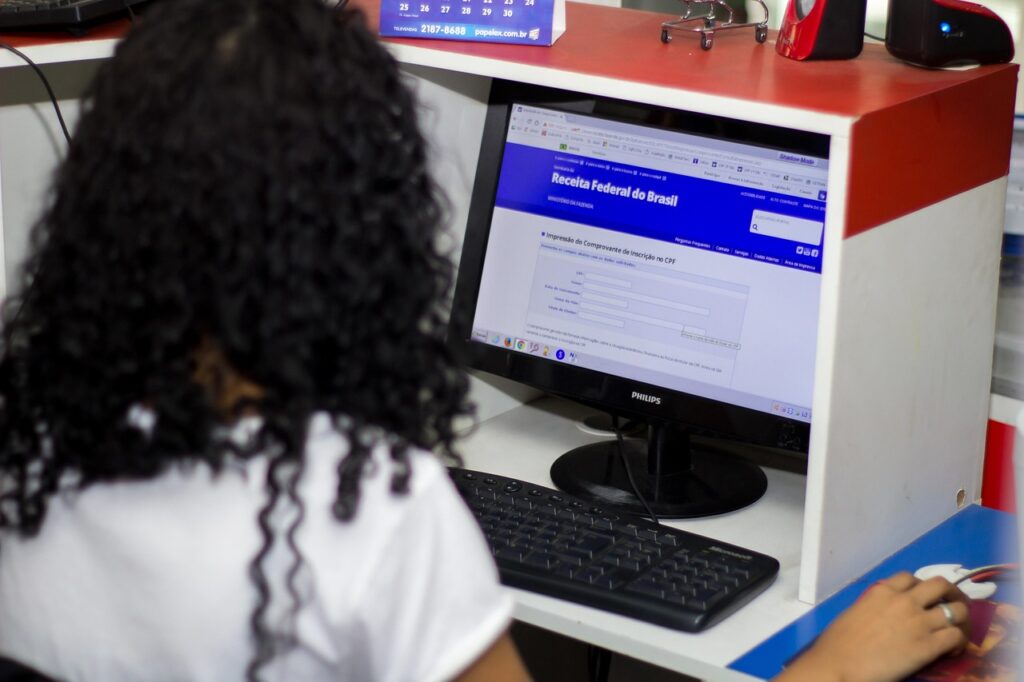
In any organization, efficient scheduling plays a critical role in productivity. When it comes to receptionist scheduling, the stakes are particularly high, as these professionals often serve as the face of the company.
The way appointments and meetings are organized can significantly impact customer satisfaction, employee workload balance, and even revenue generation. A streamlined approach minimizes confusion and opens pathways for smoother interactions, leading to better outcomes for both staff and clients.
Table of Contents
The Challenges Facing Receptionists in Scheduling
Receptionists often juggle multiple responsibilities, including answering calls, greeting visitors, managing appointments, and providing administrative support. Despite their crucial role, many receptionists are hindered by outdated scheduling practices.
Traditional methods can involve cumbersome paper calendars or basic spreadsheets, which easily lead to double bookings or missed appointments. Such errors hurt the professional reputation of an organization and strain client relationships. To combat these challenges, incorporating more advanced solutions becomes imperative.
Recognizing patterns in scheduling, for example, aids receptionists in predicting peak times and adjusting staff accordingly. Efficient scheduling allows staff to allocate more time to high-impact tasks rather than dealing with preventable mistakes. Reducing the administrative burden supports enhanced focus on customer service and organizational efficiency.
Integrating Technology into Scheduling Processes
The advent of technology has brought numerous solutions for scheduling, making it easier and more manageable. Using Receptionist Scheduling Tools can vastly simplify the entire process, allowing receptionists to send and receive appointments with ease. With integrated tools, receptionists have access to real-time updates, providing a comprehensive view of schedules without the headaches of manual updates.
Implementing these technology-driven solutions fosters better communication within teams. Calendar sharing tools and collaborative platforms allow for lower chances of miscommunication. When everyone has real-time access to the same information, changes can be communicated in seconds, reducing the chances of scheduling conflicts. Enhanced visibility into schedules can empower supervisors to monitor workloads effectively and make better staffing decisions based on demand.
The Importance of User-Friendly Interfaces
Tools that offer a user-friendly interface can significantly improve the efficiency of scheduling. A complex interface can deter staff from fully utilizing the software, leading to suboptimal results. Training must be minimal, ensuring even those with limited tech experience can navigate the scheduling system.
Intuitive software facilitates quick adjustments, such as rescheduling appointments without impacting other bookings. Such responsiveness can lead to improved client satisfaction as it demonstrates an organization’s commitment to flexibility and efficiency. Satisfaction in turn boosts the likelihood of repeat business, ultimately benefiting the company’s bottom line.
A clean, visual layout helps reduce the chance of scheduling errors, particularly in busy or fast-paced environments. Color-coded calendars and drag-and-drop features can further enhance usability. When employees are confident in the tools they use, productivity tends to rise. User-friendly systems reduce the need for ongoing technical support, saving time and resources. Streamlined interfaces contribute to smoother operations and more consistent customer experiences.
Reducing Administrative Burden through Automation
Automating certain aspects of scheduling can lead to increased productivity. Appointment reminders and follow-ups can easily be automated, taking this responsibility off the receptionist’s plate. This saves valuable time for staff, allowing them to focus more on other responsibilities, such as addressing customer needs in person.
Reducing the burden mitigates the risk of human error. Automatic systems that handle cancellations or confirmations can lessen the likelihood of confusing one client’s appointment with another’s. As systems become more reliable, organizational confidence increases, allowing staff members to concentrate on building relationships with clients rather than managing schedules.
These systems can generate real-time updates, ensuring everyone stays informed of changes instantly. Integrating automation with digital calendars reduces the chance of double-booking or missed appointments. Staff no longer need to manually cross-check availability, which enhances operational efficiency. Automation can provide usage data and trends, helping businesses optimize peak hours and plan staffing accordingly.

Benefits of a Streamlined Scheduling System
The advantages of transitioning to a more streamlined scheduling approach extend well beyond efficiency and time management. Enhanced client satisfaction can directly affect turnover rates. Clients appreciate seamless appointment management, resulting in better retention rates. Positive experiences can lead to referrals, increasing business viability in a competitive market. A reliable scheduling system can improve employee morale. Reducing chaos in schedules translates into a calmer work environment.
Employees prefer working in settings where they can perform their tasks effectively without the added stress of mismanaged appointments. Improved employee satisfaction typically leads to enhanced productivity across the organization in the long run. The financial implications of streamlining scheduling can be significant. Time saved from administrative tasks can optimize service delivery, allowing staff to handle additional clients without exacerbating workloads. This increase in efficiency aligns well with higher profits as the company operates with fewer resource constraints.
The future of receptionist scheduling lies in adopting more innovative tools and practices designed to meet the demands of modern work environments. By leveraging technology, organizations can reduce prevalent scheduling challenges and elevate operational performance. Addressing key issues, such as user-friendliness and automation, establishes a path toward efficiency that benefits both employees and clients alike.